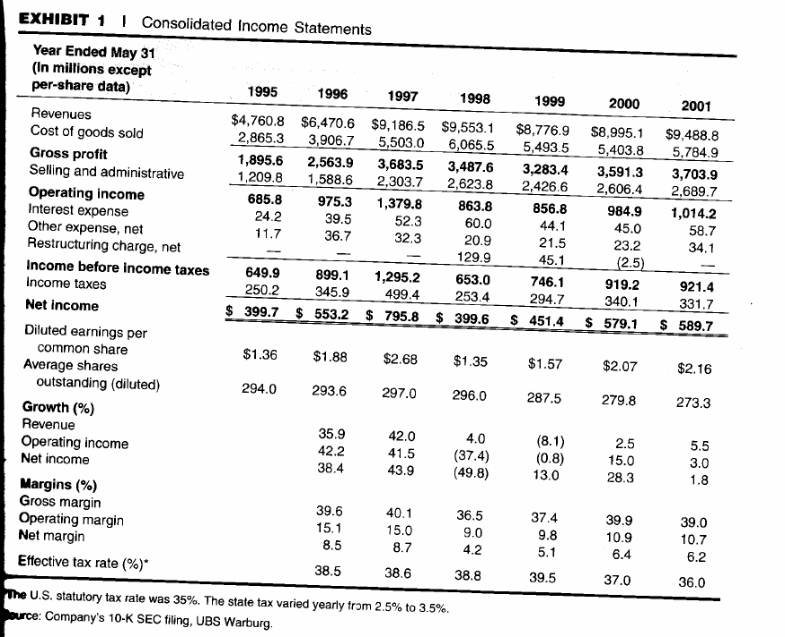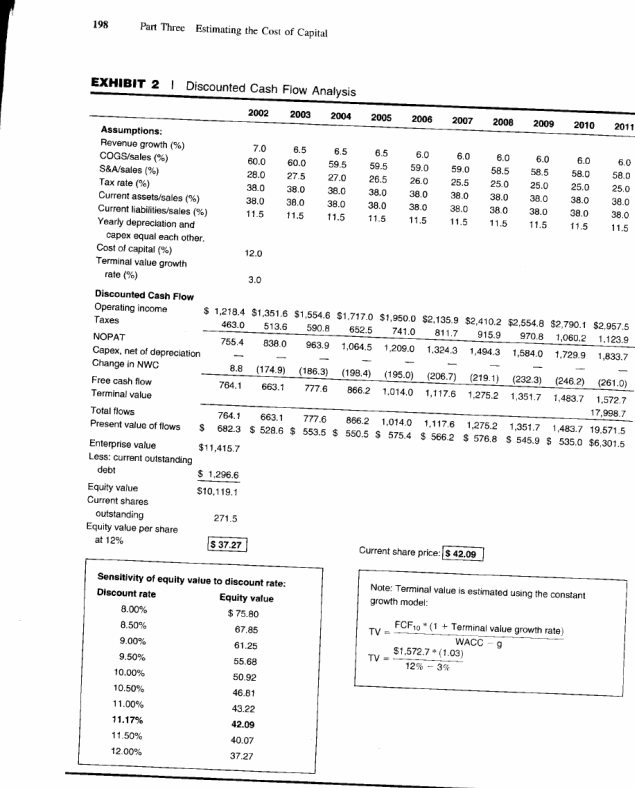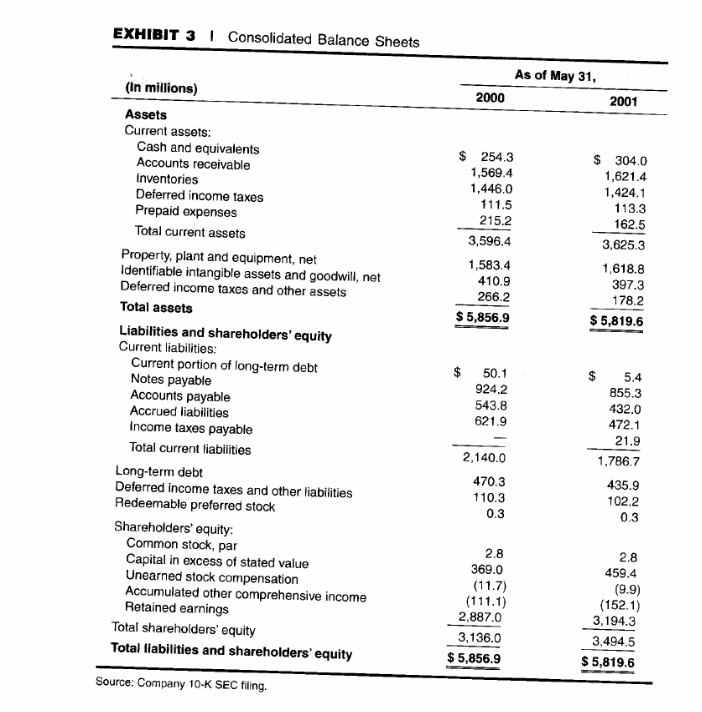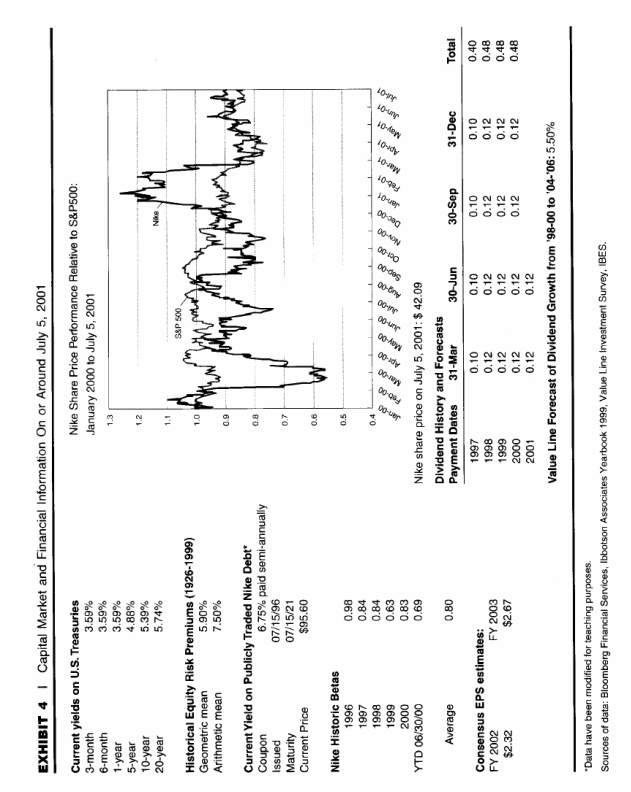Executive Summary
This report is a brief overview of the weighted average cost of capital. Its main goal is showing what the weighted average cost of capital is all about, its importance and how it can be applied in a practical example. Therefore, a case has been used to bring out this. Practical lessons are examined as to why it is necessary for capital estimation. Furthermore, before an investment of any kind can be made, approximation on an estimate of a firm’s cost of capital is critical.
In the case study, a fund management firm called North Point Group desires to invest in Nike footwear manufacturer. This follows its history of investing in some 500 fortune companies. As a portfolio manager, Kimi Ford is forced to study and analyze the general performance of Nike footwear manufacturer now and after that in future before authorizing any form of investment. Nike is a multibillion company that is involved in the manufacturer of sports footwear and apparels but also sells other clothing and footwear. It also has its shares available to the public for investment. Kimi’s company mainly aims at financial security at the end of all its transactions. Ford has, therefore, to do intensive research into Nike’s financial performance to ensure no loss to her own company.
After some research, Ford is not satisfied with the research that has been done by other analysts on the performance of Nike. She does her own analysis to forecast the financial destiny of Nike. Therefore, she has to use the weighted average cost of capital method to do this. This report is an analysis of the work that Ford’s assistant Joanna Cohen did in according to the weighted average cost of capital for Nike footwear manufacturer.
Cohen’s weighted average cost of capital calculation is verified in this report, and its reliability stated. The costs of equity are also computed by the use of CAPM dividend discount model while applying the earnings capitalization ratio. The advantages and disadvantages of all methods are stated. These targets are showing the limitations and gains that a firm may have when it has decided to make use of them. Thereafter, using the case study, the possible recommendation that Kimi Ford is to make regarding having an investment in Nike is outlined.
This report has different sections dealing with different things. This is in line with the weighted average cost of capital calculation using the case study of Nike share. It has the background, qualitative and quantitative analysis, the appendix, and the reference list.
Background
At this level, it is necessary to know what the Weighted Average Cost of Capital is all about and its importance. WACC is the computation of the cost of capital as in the company under consideration where all capital categories of cost are weighted proportionately. In the WACC calculation, there are inclusions of all the capital sources, which include common stock, long-term debts, internally generated funds and the preferred stock. The costs of these personal long term financing sources have to be determined to get the WACC. A firm’s Weighted Average Cost of Capital always escalates proportionately with the beta and the interest rate on the equity growths. This is because an increase in WACC connotes a higher risk and a valuation decrease.
The case study item in this report is Nike Inc, which is a manufacturer of footwear for athletes. In addition to these, it also manufactures a variety of different other things. Among them are sports balls, apparel, eyewear, bats, timepieces, skates, and other equipment meant for sporting activity. Nike also sales some products that are not Nike branded like casual footwear and Cole-Haan dress, skate blades, ice skates, hockey jerseys, hockey sticks, and other products that are under the trademark of Bauer. Nike has its shares in the stock exchange market which a fund management firm called NorthPoint Group desires to invest.
Kimi Ford is actively involved as a portfolio manager in this fund management firm, and she is directly involved with share investments. Unfortunately, the share price of Nike’s shares has significantly declined since the start of the year a time that Ford was seriously considering making a purchase of the shares for her fund firm that she was managing. Ford’s firm is largely known for investing in the 500 fortune companies with the main target of value addition.
Since 1997, Nike’s revenue had stagnated at around $9 billion while the net income had dropped from around $800 million to around $580 million, as shown in appendix 1. This necessitated the holding of a meeting by Nike’s management board. In the meeting, revitalization strategies were discussed to ensure that the loss the company was realized had stopped and instead, an upward trend is seen in future.
The management came up with various goals, including the production of mid-sized footwear, which they had for a long time neglected. It was also agreed that the line of apparel was to be boosted since it had so far performed well while limited on the expense costs. Finally, the executives of the company set their long-term targets for revenue generation between 8 and 10 per cent. They set the growth of the earnings at above 15 per cent. These resolutions of Nike aroused different reactions from different analysts with some seeing it as being too ambitious and others seeing it as an opportunity for further growth.
The mixed reactions could not satisfy Ford after an extensive analysis. This is because they appeared confusing. Therefore, she decided to come up with her own discounted-cash-flow forecast. This was to help her come up with a clear conclusion before she could make any move of investing in Nike’s shares.
Qualitative Analysis
Weighted Average Cost of Capital (WACC) is a particularly vital part of any firm’s financial department since it aids in the computation of the capital cost for every capital category, which is weighted proportionately. WACC is beneficial as it enables the computation of average costs of financing sources. This follows the fact that a company’s assets are financed by either equity or debt. WACC aids in determining the interest amount payable by the company for every financed dollar. As the general required cost of capital, the directors of a company mostly apply the weighted average cost of capital in the internal determination of the possibilities of investment opportunities for expansion and acquisitions.
Nike, as a company, is financed by both debt and equity as per the information that Kimi obtained about the company. Therefore, WACC is the best model of use since it averages the sources of the costs of financing, which in this case are debt and equity. It is a lot easier to work with this model and get the projected financial future of Nike rather than if another model of calculation was adopted. I, therefore, agree with the calculations done by Cohen since they have accounted for both equity and debt, which are the costs of the sources of financing for Nike Shoe Manufacturer.
Quantitative analysis
Cohen averaged the debt cost at 4.3 per cent, which is a figure that is justifiable because it caters for all the ways of funding used by Nike. The funding rate through the Japanese yen notes is between 2 and 4.3 per cent besides the treasury yields. Critically examining this, there is no room whatsoever to doubt that away used for funding by Nike has been left out.
To find the cost for equity, Cohen used the Capital Asset Pricing Model (CAPM) rather than the other models, which include Dividend Discount Model (DDM) and the earnings capitalization ratio. She says that the method is superior to the other available methods present, a fact that I second. She obtained the equity cost of Nike to be approximately equal to 10.5 per cent. This can be proved by the calculations below using all the methods:
Capital Asset Pricing Model (CAPM): r = Rf + beta x (Km – Rf )
Where: r is the expected return rate on security;
Rf is the rate of a “risk-free” investment, i.e. cash;
Km is the return rate of the appropriate asset class.
Substituting values of risk-free investment, beta and rate of return of a given asset accordingly in the formula above from the data of Nike as provided in the appendices 1, 2, 3 and 4 below, a return value of approximately 10.5 per cent is obtained.
Dividend Discount Model (DDM):
Where: Div is the Dividend PO is the Price at a given time 0 and r is the return rate.
By substituting the various values accordingly as given by the data of Nike Company in appendices, a return value of approximately 9.0 per cent is obtained.
Earnings Capitalization Ratio: this is given by the formula below
By averaging the relevant data provided in the appendices about Nike Company, a per cent value of approximately 12.0 is obtained.
The advantage of the Capital Asset Pricing Model is that it is more accurate and superior to the other models. Therefore, it gives a more accurate judgment of the financial future of the firm. However, it is tedious to work with since it needs many calculations. On the other hand, though the Dividend Discount Model is easier and faster to work with, it gives some erroneous judgment that may put a given investor at stake. The Earnings Capitalization Ratio is also extremely easy to work with once the annual net operating income has been obtained. However, it is also erroneous and gives a poor judgment of the financial prospect of a given company.
Recommendations
In accordance with the forecast done by Cohen, Ford’s new assistant, Ford, should recommend the adoption of an investment with Nike Company. This is because the company’s growth and gain from the downward trend in the near future are promising.
Appendices
Appendix 1

Appendix 2

Appendix 3

Appendix 4
